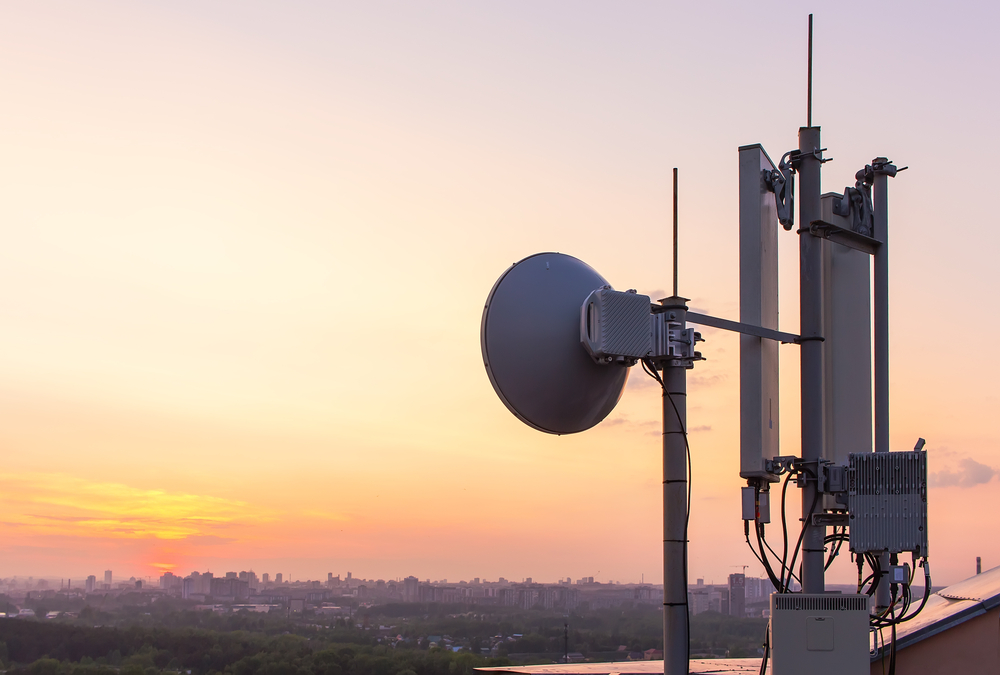
The House Committee on Transportation and Infrastructure recently denounced a Federal Communications Commission (FCC) plan to open more than half of the 5.9 GHz spectrum band to unlicensed operations.
That band is traditionally known as the Safety Band, meant to be focused on the development and deployment of safety-critical technologies. The FCC has proposed opening it up to operations such as Wi-Fi, while simultaneously expressing concern at the slow pace of development and deployment of vehicle safety technologies. This has not only garnered the concern of members of Congress and the federal government, according to a letter sent to the FCC, but it has also united 15 organizations into a highway safety coalition that is likewise at odds with the decision.
“The FCC’s recent actions have only exacerbated the problem and upended any progress being made,” the lawmakers wrote. “On December 19, 2019, the FCC announced a temporary freeze on acceptance and processing of 5.9 GHz license applications. Additionally, the Committee understands that the FCC has been sitting on approximately 500 applications for DSRC Roadside Unit licenses. The Committee remains deeply concerned with how the FCC’s actions have continued to create uncertainty for the private sector that this band will not be available in the future.”
They also cited a letter from U.S. Transportation Secretary Elaine Chao to FCC Chairman Ajit Pai.
“DOT has significant concerns with the Commission’s proposal, which represents a major shift in the FCC’s regulation of the 5.9 GHz Band and jeopardizes the significant transportation safety benefits that the allocation of this Band was meant to foster,” Chao wrote. She described the potential harm caused by cutting into vehicle to everything (V2X) technologies that use the band. More than 6 million police-reported crashes during 2017, leading to 37,133 people killed — something lawmakers believe could be fixed by technologies like V2X.
“To understand the significance of this technology, safety advocates have compared this technology to the next seat belt or airbag in terms of saving lives and opening the door to safer self- driving cars that can effectively look around corners and through buildings,” Committee members wrote.
In a show of bipartisanship, the Committee members have asked the FCC to officially reconsider their plan.